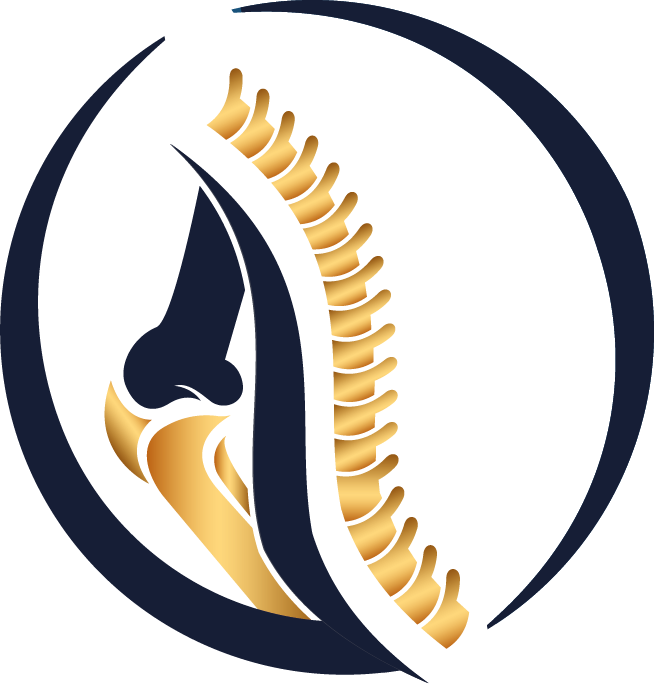Biologic Augmentation in Meniscal Repair: PRP, Stem Cells, Fibrin and ECM Scaffold [2025 Guide]
Introduction
The meniscus is essential for load distribution and stability of the knee. The peripheral “red” zone is vascular, whereas the central “white” zone is avascular; thus the tear location largely determines healing potential. Current practice is to add biologic augmentation to surgical repair to enhance vascularity and cellular healing. In this guide we summarize fibrin clot, PRP, mesenchymal stem cells (MSC) and ECM/scaffold options, alongside mechanical and biochemical stimulation.
The meniscus works like a shock absorber. Areas with better blood supply heal more easily; poorly vascularized areas heal slowly. Our aim is to “energize” the tissue around the repair so it heals stronger and more predictably.
Healing Biology: Why Biologics?
- Vascular zones: Peripheral (red-red/red-white) regions are perfused and tend to heal; the central (white-white) region is avascular.
- Cellular response: Healing relies on clot formation, a fibrin scaffold, fibro-chondrocyte proliferation and collagen/GAG synthesis.
- Goal: Create a micro-environment rich in clot and growth factors around the repair.
Blood and its mediators drive healing. When blood supply is limited, recovery slows. Biologics deliver extra healing cues to the site and can boost the strength of the repair.
Mechanical Stimuli (Brief)
Adjuncts like rasping/abrasion and trephination can improve peripheral vascularity. Biologics are often added on top of these techniques.
Refreshing the tear edges in a controlled way increases local bleeding. Adding biologics on top further improves the chance of a durable repair.
1) Fibrin Clot
Purpose: Provide a biologic scaffold and a depot of growth factors to an avascular defect.
How: A clot is prepared from venous blood by gentle mixing for 5–10 minutes; it is shuttled to the tear and secured with sutures.
Indications
- Tears with an avascular component extending toward the periphery
- Young/active patients combined with repair
Pros
- Low cost, simple; stimulates collagen synthesis and neovascularization.
Cons/Risks
- Clot stability and early resorption; technique sensitive.
Think of it as a tiny “natural glue” made from your own blood, placed on the tear to help tissues knit together.
2) PRP (Platelet-Rich Plasma)
Purpose: Deliver growth factors (TGF-β, PDGF, VEGF) that promote cell proliferation and angiogenesis.
Preparation & Tips
- Leukocyte-poor (LP-PRP) is generally better tolerated intra-articularly.
- Delivery options include peri-tendinous/intra-articular injection or arthroscopic infiltration along the repair line.
Who Benefits?
- Peripheral/middle-zone tears; athletes seeking faster healing
- Relative cautions: active synovitis, infection, anticoagulation
Pros
- Cost-effective; repeatable.
Cons
- Protocol heterogeneity; outcomes depend on tear type and repair quality.
PRP concentrates your blood’s “healing particles” and delivers them to the repair to encourage stronger, faster healing.
3) Stem Cells (Mesenchymal Stem Cells, MSC)
Sources: Autologous bone marrow/adipose tissue; allogeneic/xenogenic chondrocyte-like options remain investigational.
Mechanism: Paracrine growth-factor signaling, immune modulation and increased matrix synthesis.
Application
- In-situ activation (channels/trephination to release marrow elements)
- Autologous MSC injection (BMAC or uncultured stromal vascular fraction)
Pros
- Enhances healing potential in avascular regions.
Cons/Risks
- Cost, preparation time; regulatory/ethical considerations; patient selection matters.
By bringing your body’s repair cells to the tear, we reinforce the “on-site repair crew,” which may be especially useful in poorly vascularized zones.
4) ECM/Scaffold-Based Options
Goal: Provide a three-dimensional scaffold that supports cell adhesion and a meniscus-like phenotype.
Main Classes
- Synthetics: PU, PCL, PLA, PGA/PLGA—moldable but require attention to biocompatibility and degradation by-products.
- Hydrogels: High water content; injectable; sometimes limited mechanical strength.
- ECM-based scaffolds: Collagen-GAG, hyaluronic-acid based; examples include HYAFF-11.
Clinical note: Scaffolds are often combined with PRP/MSC; achieving meniscus-like anisotropic mechanics is key.
A scaffold acts like a “framework” that cells can cling to and build new tissue on; pairing it with PRP or stem cells can further improve integration.
Biochemical & Mechanical Stimulation
- Growth factors: TGF-β, FGF-2, PDGF, EGF can enhance chondrocyte differentiation and matrix synthesis (many remain investigational).
- Mechanical loading: Low-dose compressive and hydrostatic loading promotes GAG and type I/II collagen; over-loading is catabolic.
- Clinical practice: Early controlled motion, gradual loading, and quadriceps/hip abductor strengthening.
Right-dose movement fuels healing; excessive loading harms it. Early controlled rehab builds strength without stressing the repair.
Which Patient, Which Method?
Algorithm (summary)
- Assess tear location and pattern (peripheral ↔ central; longitudinal ↔ degenerative).
- Perform stable repair (inside-out, outside-in, all-inside).
- Peripheral/middle-zone, young/active: rasping/trephination + PRP or fibrin clot.
- Central extension or poor tissue quality: PRP + fibrin clot; consider MSC and/or ECM scaffold in selected cases.
- Complex/recurrent/degenerative tears: scaffold-assisted reconstruction or augmentation.
No two meniscal tears are identical. We tailor the combination—sometimes PRP alone, sometimes fibrin + PRP, sometimes stem cells or a scaffold—based on tear features and patient profile.
Outcomes, Risks & Recovery
- Predictors of success: Peripheral location, robust fixation, no smoking, structured early rehab.
- Potential complications: Infection, synovitis flare, hemarthrosis, increased pain; cost/regulatory aspects for MSC/ECM.
- Typical timeline: Protected weight-bearing 0–6 weeks; graded return 6–12 weeks; pivot sports often 4–6 months.
Success rises with meticulous technique, appropriate indications and patient commitment to rehab. Expect protection early on and a gradual return to sport over months.
FAQ
How many PRP sessions? Usually 1–3; often at surgery and/or early post-op.
Does fibrin clot work for every tear? Better in peripheral/middle-zone tears with stable fixation.
Is stem-cell therapy legal? Autologous BMAC is allowed in many regions within regulations; cultured/allogeneic options vary by country.
When can I return to sports with a scaffold? It depends on the device and concomitant procedures; return is typically slower.
PRP can be repeated when appropriate; fibrin clot works best in selected cases. Autologous stem-cell use is generally regulated but feasible; scaffold cases usually require a slower progression back to sport.
Disclaimer: Educational content only; clinical decisions must follow patient assessment and current evidence/guidelines.
 Türkçe
Türkçe
 Arabic
Arabic
